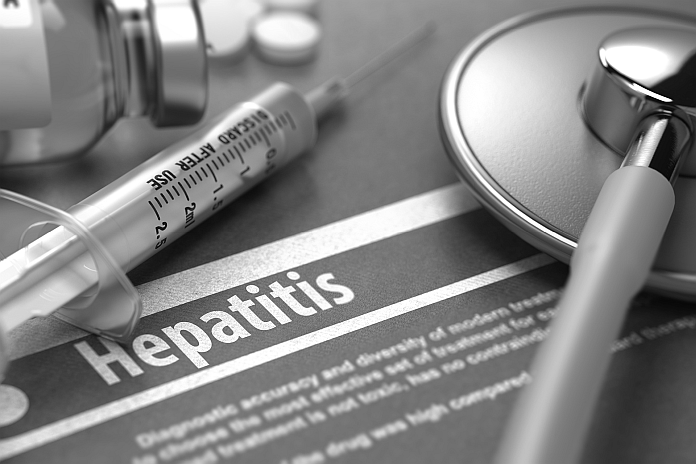GENEVA, Switzerland – As of 22 June 2022, 33 countries in five WHO regions have reported 920 probable cases of severe acute hepatitis of unknown aetiology in children which fulfill the WHO case definition. Since the previous Disease Outbreak News published on 27 May 2022, 270 new probable cases have been reported to WHO, including from four new countries.
This Disease Outbreak News includes updates on the epidemiology of the outbreak, the publication of the new interim guidance on laboratory testing, and the launch of the clinical case report form on the WHO Global Clinical Platform. The detection of severe acute hepatitis of unknown aetiology in children across five WHO regions is unusual, and the severe clinical sequelae of some cases warrant detailed investigation.
Description of the outbreak
This outbreak was initially detected on 5 April 2022 when the United Kingdom of Great Britain and Northern Ireland (the United Kingdom) notified WHO of ten cases of severe acute hepatitis of unknown aetiology in previously healthy young children aged under 10 years in the central belt of Scotland.
As of 22 June 2022, 33 countries in five WHO regions have reported 920 probable cases. These include new and retrospectively identified cases since 1 October 2021, which fit the WHO case definition as stated below. There are four additional countries that have reported cases which are pending classification and are not included in the cumulative probable case count. Of the probable cases, 45 (5%) children have required transplants, and 18 (2%) deaths have been reported to WHO.
Half of the probable reported cases have been reported from the WHO European Region (20 countries reporting 460 cases), including 267 cases (29% of global cases) from the United Kingdom (Table 1, Figure 2).
The second-highest number of probable cases have been reported from the region of the Americas (n=383, including 305 cases from the United States of America), followed by the Western Pacific region (n=61), the South-East Asia region (n=14) and Eastern Mediterranean region (n=2). Seventeen countries are reporting more than five probable cases.
The actual number of cases may be underestimated, in part due to the limited enhanced surveillance schemes in place. The case count is expected to change as more information and verified data become available.





